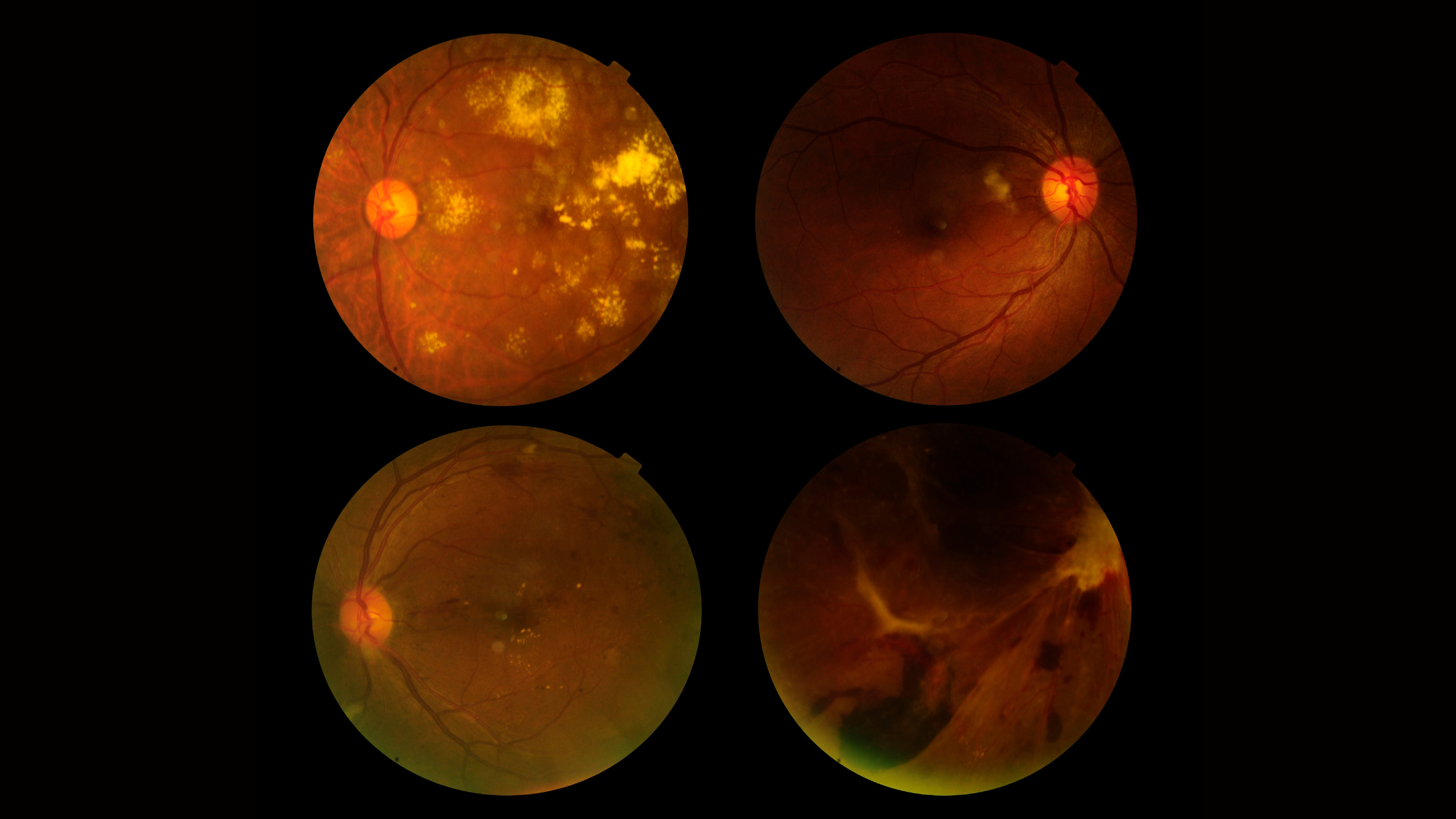
Researchers are seeking to use deep learning methods to diagnose primary open-angle glaucoma (POAG), one of the leading causes of blindness. In a new study published in Scientific Reports, senior author Dr. Yifan Peng, assistant professor of population health sciences, and colleagues present an automated classification algorithm named GlaucomaNet.
While screening effectively detects POAG, it requires expensive facilities and experienced ophthalmologists. An alternative detection method is fundus photography which records the nerve head structure. While inexpensive, the process still requires skilled human labor. GlaucomaNet simulates the human grading process on fundus photography using two convolutional neural networks. The results saw high accuracy with increased transparency in POAG diagnosis, showcasing the potential of deep learning in enhancing POAG diagnosis.
- Highlights

